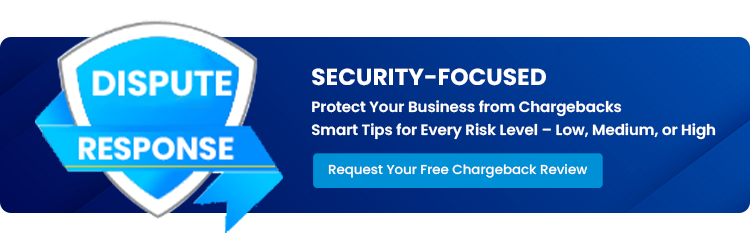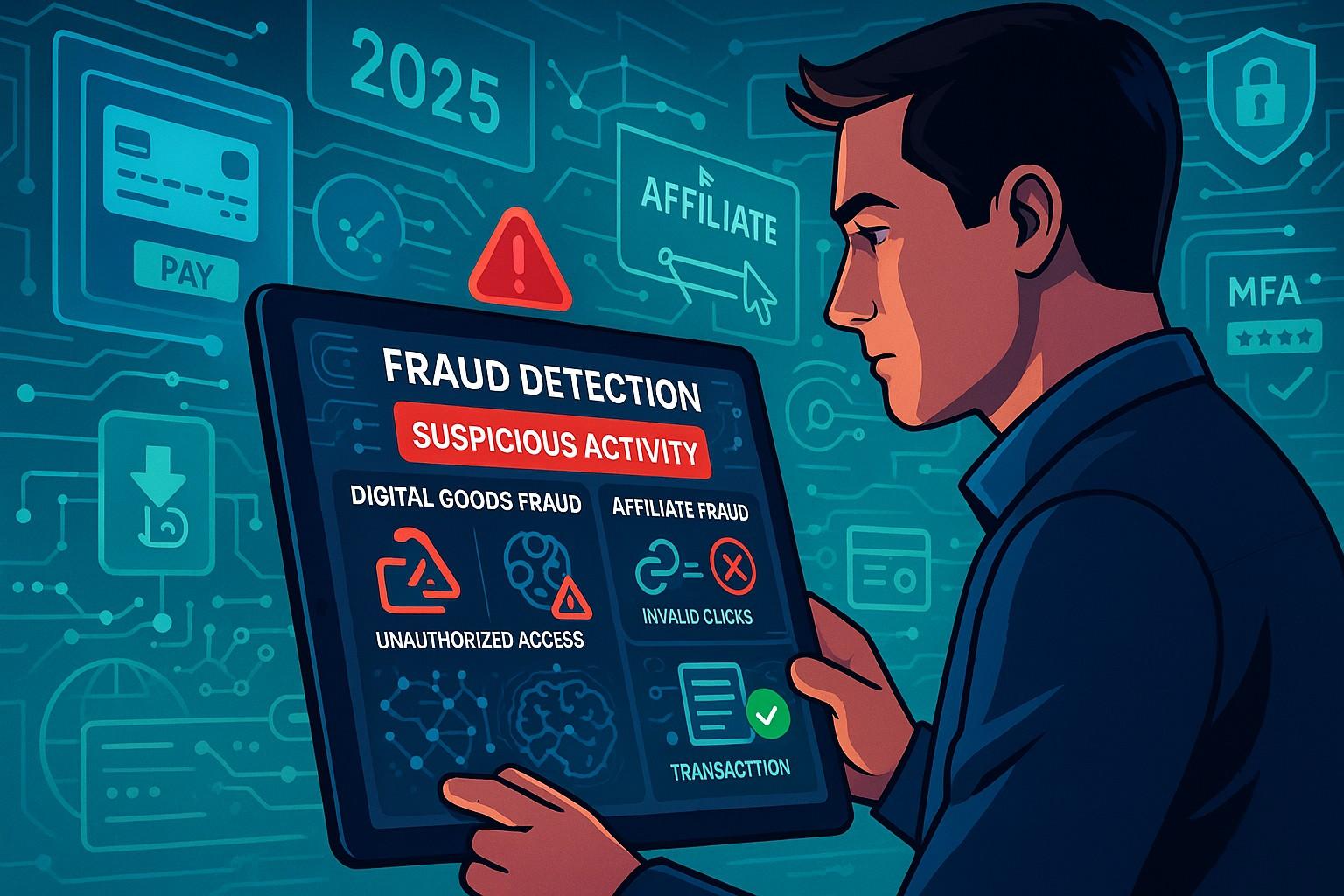Chargeback Management Services - Dispute Response Sep/ 12/ 2025 | 0
In 2025, merchants are increasingly facing the challenge of combating both digital goods merchant fraud and affiliate fraud. These fraudulent activities not only harm business profitability but also undermine customer trust. Whether you run a digital goods business or manage an affiliate marketing program, it’s crucial to stay ahead of the fraud game. Here’s a guide to help you spot and prevent these threats.
Understanding Digital Goods Merchant Fraud
Digital goods merchants are prime targets for fraud due to the nature of their products. Unlike physical goods, digital products like software, ebooks, or music are easy to distribute and often have minimal physical evidence of fraud. Here’s how you can identify and prevent digital goods fraud:
1. Watch for Unusual Purchase Patterns
Fraudulent buyers may engage in bulk purchases or use stolen payment details to purchase digital goods. Pay close attention to:
- Multiple transactions from the same IP address
- Unusual purchase timing (e.g., late-night transactions)
- High-value or bulk orders with low shipping costs (since digital goods don’t require physical shipping)
2. Monitor Payment Methods
Be cautious of customers using suspicious payment methods, such as prepaid cards, which are often linked to fraudulent activities. Employ tools that allow you to track payment method trends and flag suspicious transactions.
3. Review Customer Behavior
Suspicious customers may exhibit behaviors like frequent refund requests or accessing the same digital content multiple times in a short period. Monitoring these patterns helps identify fraud attempts early.
4. Use Address Verification Systems (AVS)
AVS systems allow you to compare the billing address provided by the customer to the one on file with the card issuer. A mismatch could indicate a fraudulent transaction.
5. Leverage Fraud Detection Tools
Adopt AI-powered fraud prevention tools to analyze transactions in real time. These systems help detect abnormal patterns and flag high-risk activities before they turn into a costly issue.
Identifying and Preventing Affiliate Fraud
Affiliate fraud can severely impact your marketing ROI and damage your business’s reputation. Fraudulent affiliates can manipulate traffic data, use fake leads, or even steal commissions. Here are five key ways to identify affiliate fraud:
1. Look for Abnormally High Conversion Rates
If an affiliate is generating an unusually high number of conversions or sales compared to others, it could be a sign of fraud. Investigate the sources and quality of their traffic to ensure they are legitimate.
2. Examine Traffic Sources
Fraudulent affiliates often use non-organic traffic sources, such as bots or click farms, to generate fake clicks or leads. Monitor traffic patterns to spot discrepancies, such as rapid surges in clicks with little to no sales.
3. Scrutinize Lead Quality
Not all leads are created equal. Fraudulent affiliates may submit low-quality or fake leads that will never convert into actual sales. Implement robust lead validation processes to ensure the quality of your incoming data.
4. Track Affiliate IP Addresses and Devices
Monitoring affiliates’ IP addresses and devices can help detect irregularities in the activity. Multiple accounts or conversions originating from the same IP or device might suggest fraudulent behavior.
5. Enforce Strict Affiliate Program Terms
Clearly outline terms in your affiliate agreement regarding what constitutes fraudulent activity. Implement penalties for affiliates caught violating these terms, such as withholding commission payments or suspending their accounts.

Email us anytime!
Email customer service 24/7

Call us anytime!
Reach customer care 24/7 at +1 (888) 927-5152
Conclusion
In 2025, both digital goods merchants and affiliate programs need to be vigilant to avoid fraud. By implementing advanced fraud detection tools, monitoring transaction patterns, and maintaining stringent affiliate program rules, you can significantly reduce the risk of fraud and safeguard your business.
Whether it’s digital goods fraud or affiliate fraud, staying proactive and using the latest fraud detection technologies will help you protect your revenue and reputation. Be sure to regularly audit your systems, update your fraud prevention strategies, and educate your team on the latest fraud tactics.


